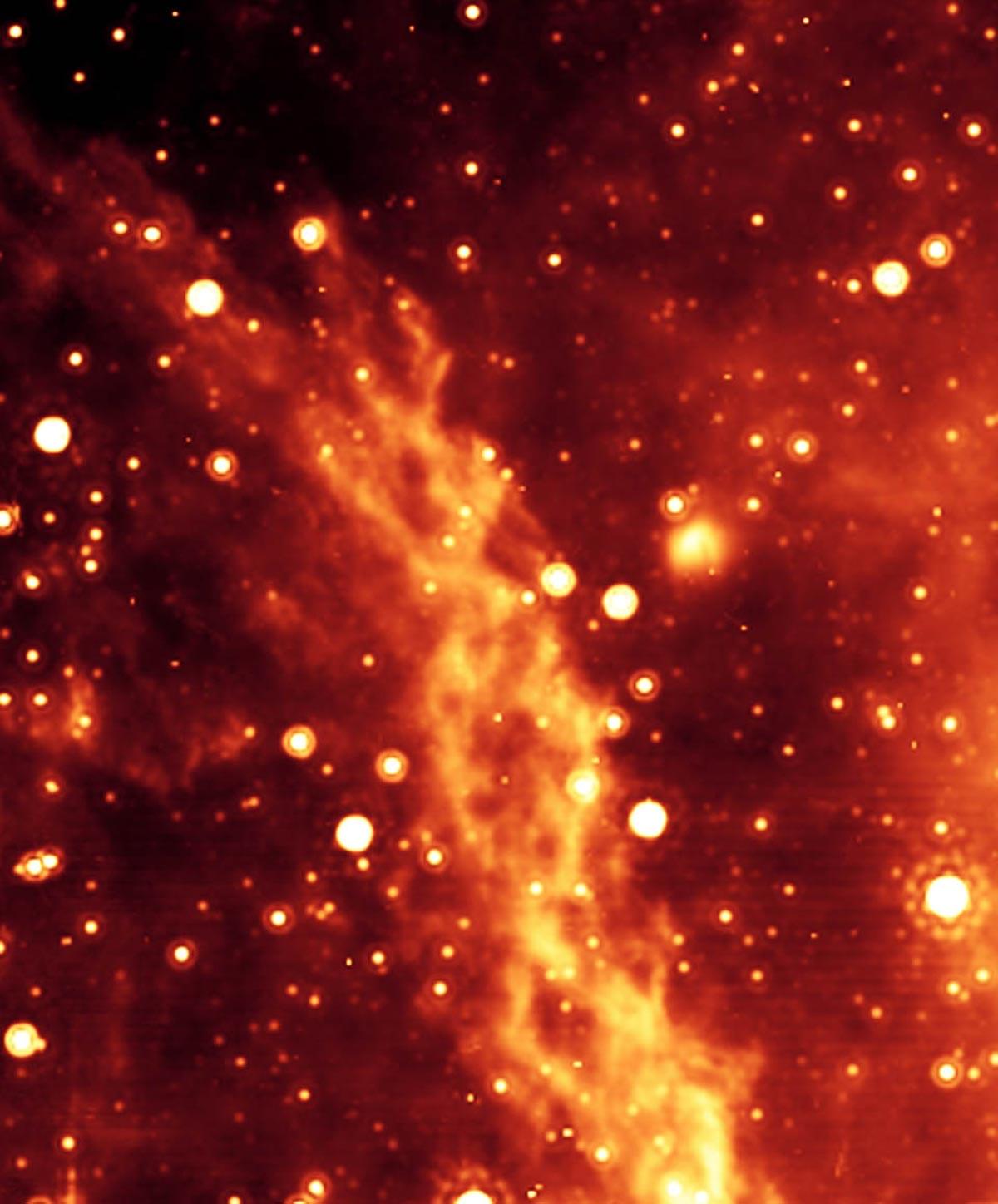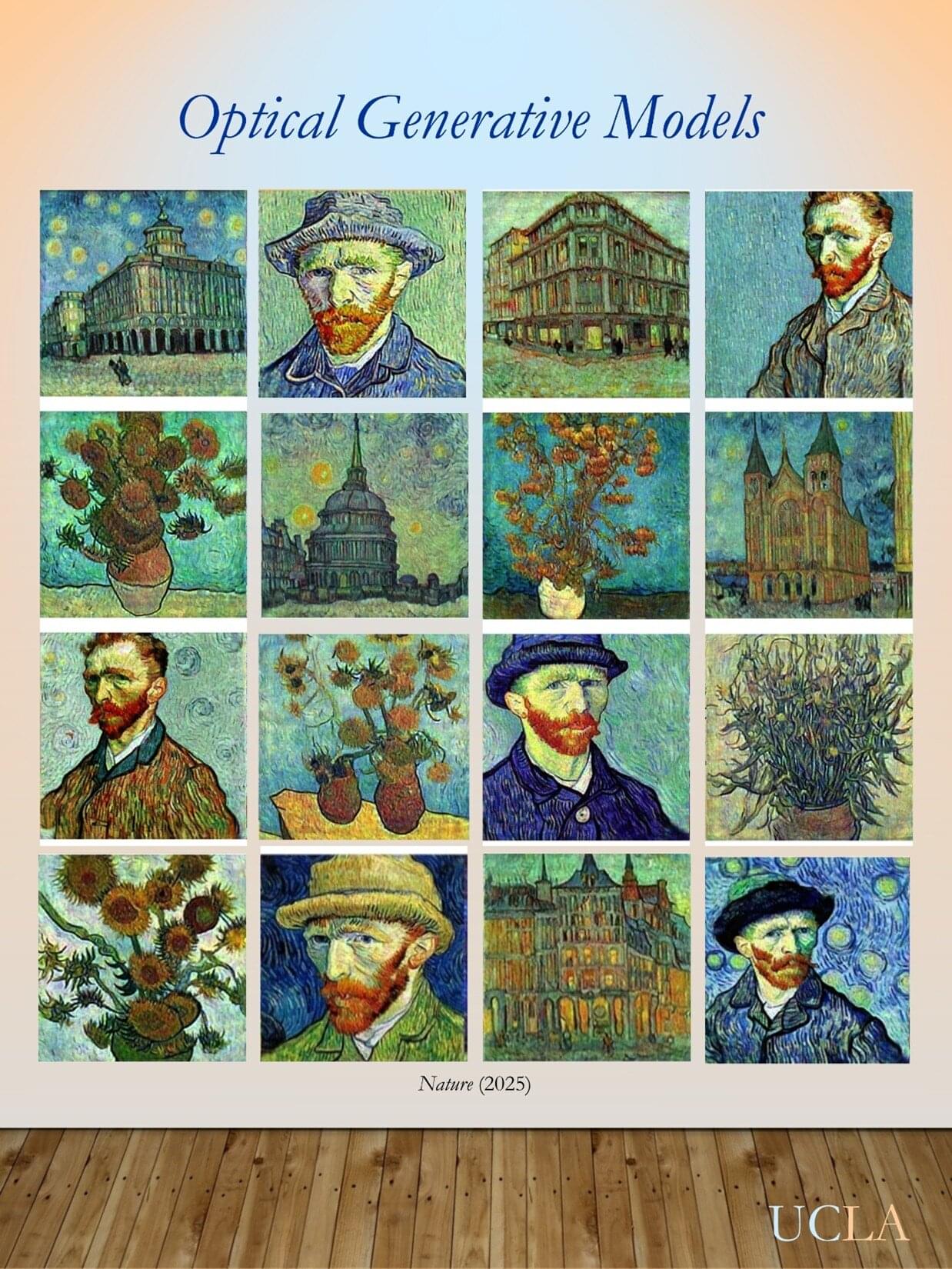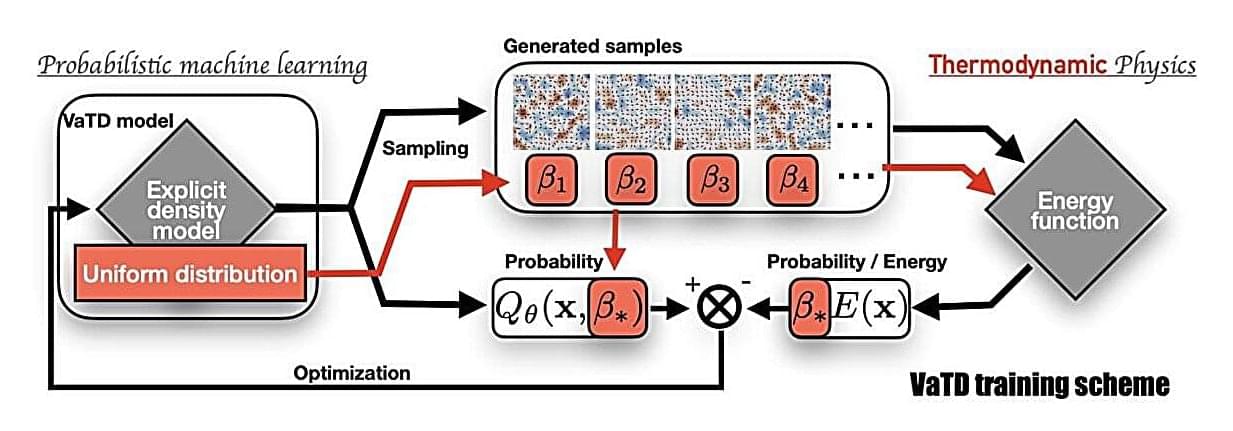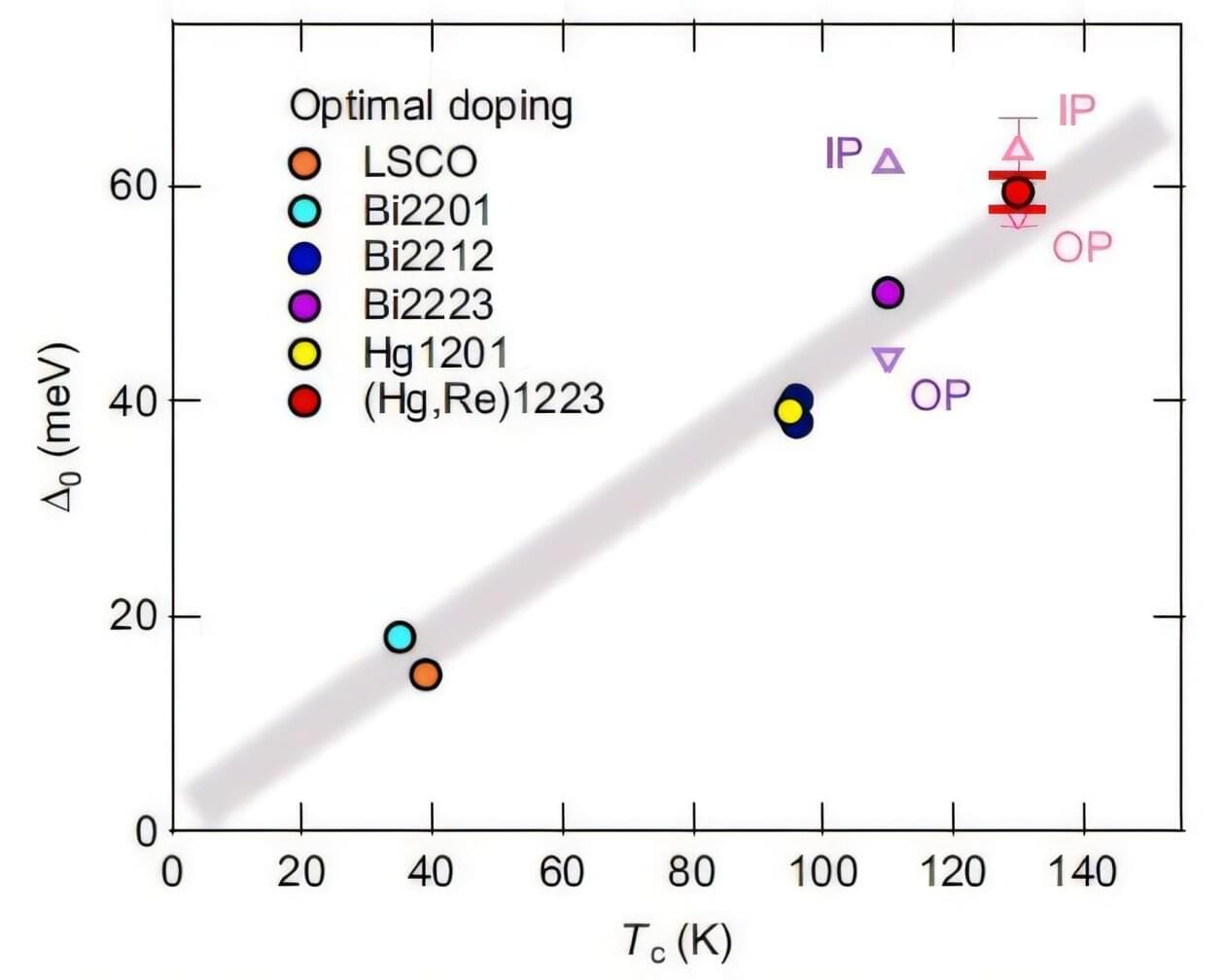A new study suggests the universe didn’t need inflation to begin. Instead, gravitational waves could explain how structure formed in the early cosmos.
Paper link: https://journals.aps.org/prresearch/a…
Chapters:
00:00 Introduction.
00:40 The Discovery/Event.
02:42 Scientific Significance & Theories.
04:48 Implications and What’s Next.
07:16 Outro.
07:54 Enjoy.
MUSIC TITLE: Starlight Harmonies.
MUSIC LINK: https://pixabay.com/music/pulses-star…
Visit our website for up-to-the-minute updates:
www.nasaspacenews.com.
Follow us.







